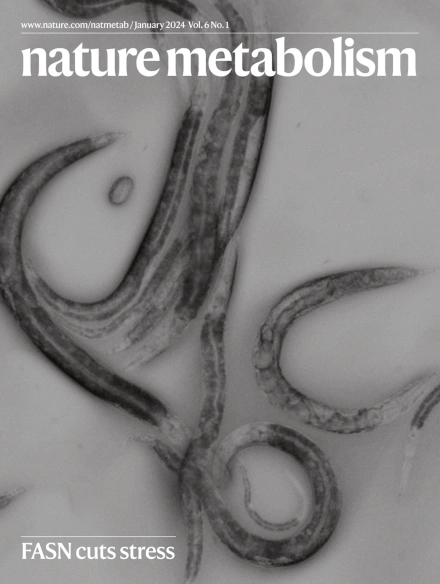通过时间门控中红外光声信号对血糖水平进行无创测量。
IF 18.9
1区 医学
Q1 ENDOCRINOLOGY & METABOLISM
引用次数: 0
摘要
在血糖评估和糖尿病管理方面,无创血糖监测(NIGM)是一种极具吸引力的方法,可替代手指刺血。然而,目前的无创葡萄糖监测技术并不测量血液中的葡萄糖浓度,而是依靠间接大量测量组织间液中的葡萄糖,而组织间液中的葡萄糖被稀释,葡萄糖的动态变化也与血液中的不同,这就影响了无创葡萄糖监测的准确性。我们在此介绍一种新型生物传感器,称为深度门控中红外光声传感器(DIROS),它首次实现了对皮肤中富含血液的体积进行无创葡萄糖检测。DIROS 通过对中红外光声信号进行时间分级,最大限度地减少了角质层和其他皮肤表层造成的干扰,从而实现了对皮肤中葡萄糖读数的深度选择性定位。在对(雌性)小鼠耳朵进行测量时,DIROS 显示出比大量组织葡萄糖测量更高的准确性。我们的工作展示了信号定位如何提高 NIGM 的准确性,并将 DIROS 定位为一种具有高度转化潜力的整体方法,它解决了当前 NIGM 方法的一个关键局限。本文章由计算机程序翻译,如有差异,请以英文原文为准。


Non-invasive measurements of blood glucose levels by time-gating mid-infrared optoacoustic signals
Non-invasive glucose monitoring (NIGM) represents an attractive alternative to finger pricking for blood glucose assessment and management of diabetes. Nevertheless, current NIGM techniques do not measure glucose concentrations in blood but rely on indirect bulk measurement of glucose in interstitial fluid, where glucose is diluted and glucose dynamics are different from those in the blood, which impairs NIGM accuracy. Here we introduce a new biosensor, termed depth-gated mid-infrared optoacoustic sensor (DIROS), which allows, for the first time, non-invasive glucose detection in blood-rich volumes in the skin. DIROS minimizes interference caused by the stratum corneum and other superficial skin layers by time-gating mid-infrared optoacoustic signals to enable depth-selective localization of glucose readings in skin. In measurements on the ears of (female) mice, DIROS displays improved accuracy over bulk-tissue glucose measurements. Our work demonstrates how signal localization can improve NIGM accuracy and positions DIROS as a holistic approach, with high translational potential, that addresses a key limitation of current NIGM methods. A new methodology uses intravital time-gated mid-infrared optoacoustic signals for accurate non-invasive measurements of glucose concentrations in blood-rich volumes of the skin.
求助全文
通过发布文献求助,成功后即可免费获取论文全文。
去求助
来源期刊

Nature metabolism
ENDOCRINOLOGY & METABOLISM-
CiteScore
27.50
自引率
2.40%
发文量
170
期刊介绍:
Nature Metabolism is a peer-reviewed scientific journal that covers a broad range of topics in metabolism research. It aims to advance the understanding of metabolic and homeostatic processes at a cellular and physiological level. The journal publishes research from various fields, including fundamental cell biology, basic biomedical and translational research, and integrative physiology. It focuses on how cellular metabolism affects cellular function, the physiology and homeostasis of organs and tissues, and the regulation of organismal energy homeostasis. It also investigates the molecular pathophysiology of metabolic diseases such as diabetes and obesity, as well as their treatment. Nature Metabolism follows the standards of other Nature-branded journals, with a dedicated team of professional editors, rigorous peer-review process, high standards of copy-editing and production, swift publication, and editorial independence. The journal has a high impact factor, has a certain influence in the international area, and is deeply concerned and cited by the majority of scholars.
 求助内容:
求助内容: 应助结果提醒方式:
应助结果提醒方式:


